Joint Pain: Interventional Treatment Options
Joint Pain: Interventional Treatment Options
Published: March 13, 2023
Joint pain can be a most frustrating, debilitating, and sometimes chronic health issue. It can affect anyone, regardless of age or lifestyle, significantly diminishing our ability to perform even basic daily tasks. You have options if you’re experiencing persistent joint pain and are tired of relying on over-the-counter medications to manage it.
Several interventional treatment options have been proven to reduce joint pain and improve overall mobility. Read on to learn various techniques and therapies medical professionals employ as potential relief options for joint pain sufferers.
What is Joint Pain?
Joint pain is a symptom of an underlying condition or injury that affects the joints, such as arthritis, bursitis, tendonitis, and sprains. It can cause discomfort and difficulty carrying out everyday activities due to stiffness or inflammation. Pain may be accompanied by swelling and redness of the affected area.
What Causes Joint Pain?
Some of the most common causes include:
- Injury: An injury to the muscles, ligaments, or tendons around a joint can lead to pain, stiffness, and difficulty moving. Injuries are usually caused by repetitive motions or sudden accidents.
- Repetitive use: Activities such as running or playing sports involve frequent use of the same muscle groups, which can eventually lead to joint pain due to overuse and strain on the body.
- Degenerative Diseases: Degenerative diseases such as osteoarthritis and cartilage loss can lead to joint pain. These conditions result in the breakdown of the protective tissues that surround the joints.
- Inflammatory Diseases: Inflammatory diseases such as rheumatoid arthritis and gout can cause joint pain. These conditions cause the joints to become inflamed due to an overactive immune system or a buildup of uric acid crystals in the joints.
- Infection: Joint pain can also be caused by infection, either from bacteria or viruses. Infections can occur after surgery or through open wounds.
- Other Causes: Other possible causes of joint pain include bursitis (inflammation of the fluid-filled sacs that cushion the joints), tendinitis (inflammation of the tendons that attach muscles to bones), cancer, lupus, and fibromyalgia (a condition that causes widespread musculoskeletal pain).
Symptoms
The symptoms of joint pain vary depending on the underlying cause of the pain. However, some common symptoms include:
- Stiffness: This is often worse in the morning or after periods of inactivity.
- Swelling: This can occur due to inflammation or fluid buildup in the joints.
- Redness: This is another symptom of inflammation.
- Joint deformity: This can occur due to degenerative diseases such as osteoarthritis.
- Limited range of motion: This can make moving the affected joints through their normal range of motion difficult.
Interventional Treatment Options for Joint Pain
Interventional treatments are medical procedures that involve specialized techniques to diagnose and treat pain. Depending on the cause of your joint pain, your doctor may recommend one or more of the following options:
- Acupuncture: Stimulates pressure points to relieve stress and inflammation of muscle tissue.
- Prolotherapy: Injects a sugar-based solution into the affected area to strengthen ligaments
- Platelet-rich plasma injections (PRP): Uses a person’s own blood to extract platelets, which are then injected into the painful area for healing purposes.
- Pain medication: Over-the-counter pain medication, such as ibuprofen or acetaminophen, can help to reduce swelling and ease joint pain.
- Heat and cold therapy: Applying heat or cold to the affected joint can help to reduce inflammation and ease the pain.
- Exercise: Gentle exercise can help to increase the range of motion and reduce stiffness in the joints.
- Joint Injections: Joint injections may be recommended if you have arthritis or tendinitis. These injections contain medication such as steroids or anesthetics injected directly into the affected joint to reduce inflammation and pain.
- Radiofrequency Ablation: Radiofrequency ablation uses heat to disrupt nerve signals, thereby reducing joint pain. This procedure is typically used for chronic conditions such as arthritis and degenerative disc disease.
- Arthroplasty: Arthroplasty is a surgical procedure where the worn-out or damaged parts of a joint are replaced with artificial components to improve mobility and reduce pain. This can be used to treat severe forms of arthritis or other conditions affecting the joints.
- Physical Therapy: Physical therapy is an effective non-surgical option for relieving joint pain. A physical therapist can work with you to develop an individualized strengthening and stretching program tailored to your specific needs.
What to Expect After Treatment
After undergoing any of the above mentioned treatments, you may experience some minor side effects, including soreness, bruising, or swelling. It is important to follow the instructions provided by your healthcare provider and take any prescribed medication as directed. With proper care, most people can reduce their pain significantly with these interventional treatments.
It is important to remember that joint pain is not a condition that can be cured but rather managed to reduce the frequency and severity of symptoms. Additionally, staying-up-to-date with your doctor’s visits so that any underlying cause can be addressed. With the right care and management, any patient suffering from joint pain can lead an active and healthy life.
Get Treated for Joint Pain Today!
If you or a loved one are dealing with chronic pain, there are treatment options available that can make a difference. Interventional pain management is an effective way to address chronic joint pain. At Texas Pain Experts, we offer several interventional treatments that can help relieve your joint pain and improve your quality of life.
To learn more about our services, fill out the form below to contact us today. We’ll be happy to answer any of your questions and discuss how we can help you find relief.

